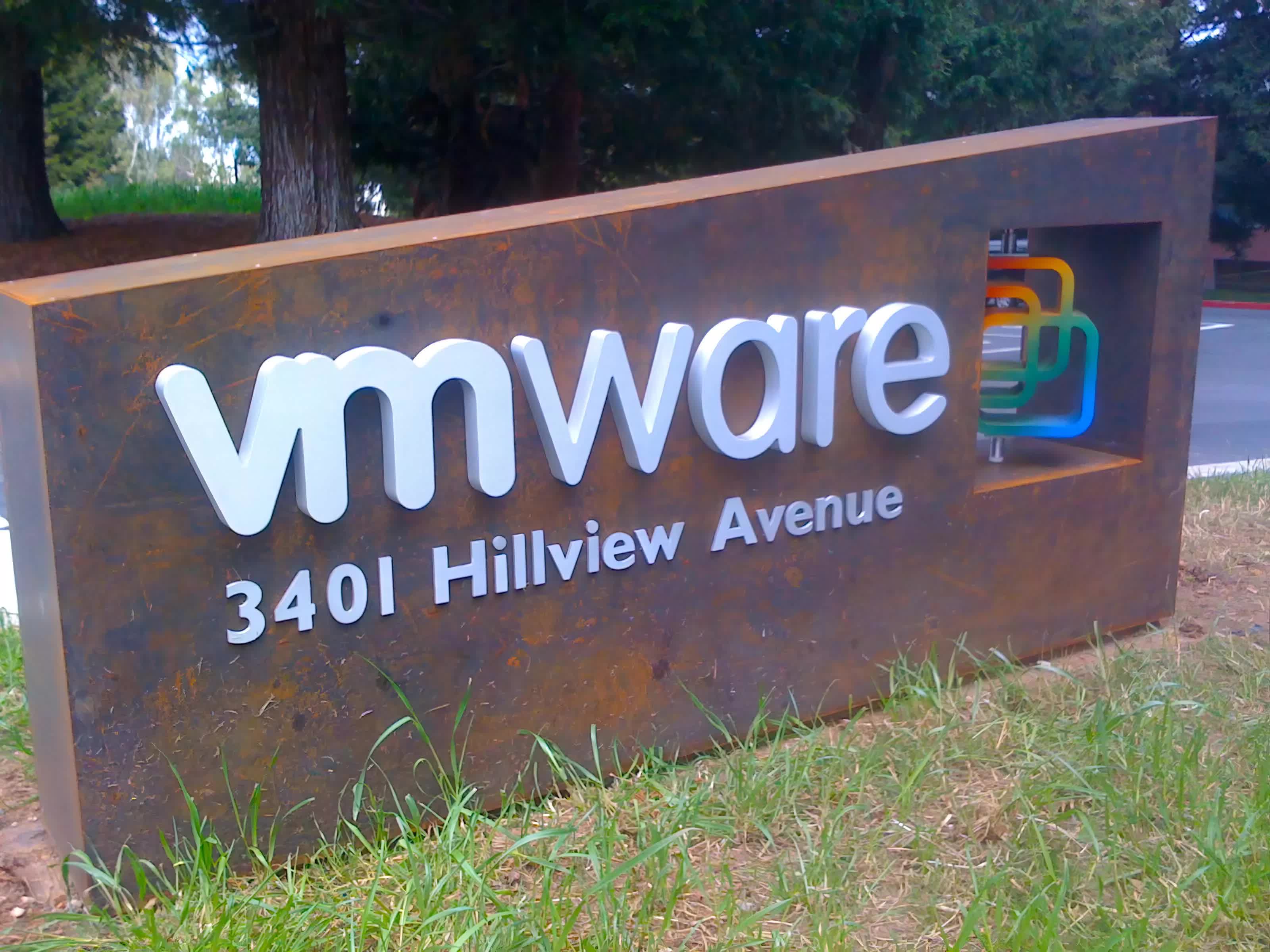TECHREPORT.COM
Windows 10 Is Dying – It’s Time to Take Back Control With Linux
Key Takeaways
Windows 10’s Deadline Is Looming: Microsoft will end support for Windows 10 in October 2025, potentially leaving over 200M devices without updates or security patches.
Linux as a Viable Successor: Modern Linux distributions like Mint and Pop!_OS offer a user-friendly, efficient alternative that works well on older hardware left behind by Windows 11’s strict requirements.
The End-of-10 Project Pushes Back: Grassroots initiatives are helping users switch to Linux, offering practical guides, support networks, and real-world repair options to extend the life of aging PCs.
On October 14, 2025, Microsoft will pull the plug on Windows 10 for good.
No more updates. No more security patches. Just you, your aging PC, and the digital equivalent of a ‘Good luck out there.’
And unless you want to pay hundreds for extended support or upgrade to Windows 11 (which your old hardware probably hates), you’re in trouble.
But maybe–just maybe–that trouble is a blessing in disguise.
What if you switched to something different instead of shelling out more cash for an OS that increasingly feels like a rented billboard?
Something that doesn’t serve ads, doesn’t nag you for a Microsoft account, doesn’t preinstall Solitaire and endless bloatware, and doesn’t treat you like a confused toddler whenever you want to delete a file?
Yes, we’re talking about Linux.
You Bought Windows, But Did You Really?
Let’s talk about ownership – or rather, the illusion of it. You didn’t really buy Windows 10. You bought a license to use it, under Microsoft’s ever-changing rules.
And now those rules say it’s dead. Try running Windows 10 in 2026 and see how it feels. Unsupported, vulnerable, and alone.
Meanwhile, your PC – still chugging along fine – becomes collateral damage in a corporate lifecycle decision. Doesn’t that feel wrong?
It’s like buying a car, and five years later, the manufacturer remotely disables the engine and says, ‘Time to buy a new one, champ.’
The Bloatware Nightmare
Windows 10’s legacy isn’t just about support dates. It’s also about bloat – and lots of it.
Preinstalled games, ‘helpful’ tips that link to Bing, AI features you didn’t ask for, OneDrive pop-ups, background processes you don’t understand, and ads. Yes, ads – in your OS that you paid for.
As PewDiePie, a surprise Linux convert and evangelist in 2025, put it in his YouTube video about switching to Linux:
Windows talks to me like I’m a baby. ‘You want Candy Crush? You want to use Bing?
– PewDiePie
He’s not wrong. And he’s not alone. More and more people are discovering that Linux can turn their Frankenstein laptops back into sleek, fast machines – no corporate babysitting required.
Linux: Not Just for Bearded Hackers Anymore
Back in the day, switching to Linux meant living in a command-line bunker, fighting for Wi-Fi drivers, and crying in Bash lines while obsessing over what distribution to try next Saturday.
But today? It’s a different world. Well, except for the obsessive distribution switching. That one’s even stronger nowadays…
Modern Linux distributions like Linux Mint, Pop!_OS, and Ubuntu have made the jump surprisingly friendly. You can click, drag, install apps from software centers, and even ignore the terminal if you really want to (though we advise you to get comfortable with it, the things it can do…).
Source: PewDiePie
And gaming? It’s real now. Thanks to Valve’s Proton compatibility layer and the success of the Linux-powered Steam Deck, you can actually play Elden Ring on Linux. And Baldur’s Gate 3, Kingdom Come Deliverance 2, The Elder Scrolls Oblivion Remastered, and any recent title you can think of.
Proton translates Windows game code so it can run smoothly on Linux, and it’s constantly being improved. Extremely few games still need tweaking or specific Proton versions to work well (and you’ll find a solution online in no time).
With Steam Play, many AAA titles now work out of the box, and tools like Lutris and Heroic Game Launcher make it easier than ever to manage your game library – including games from Epic and GOG.
And it’s not standing still. The latest SteamOS 3.7.5 beta adds early support for non-Steam Deck handhelds like the ASUS ROG Ally and Lenovo Legion Go, signaling broader Linux gaming adoption.
SteamOS now runs on a newer Arch base with updated kernel and Mesa drivers for better performance. KDE Plasma 6.2.5 upgrades the desktop interface, while Bluetooth audio and controller support have been improved with features like battery indicators and wake-from-sleep across more devices.
The days of ‘Linux is only for spreadsheets and servers’ are long gone. It’s a gamer’s paradise in 2025.
Project End-of-10 – A Lifeline for the Left Behind
One group trying to make the transition easier is the End of 10 project.
Their mission is to help people stuck on aging Windows 10 hardware move to lightweight Linux systems instead of buying new PCs.
It’s not just about ideology. It’s about accessibility, sustainability, and giving people real options.
E-waste is a growing issue, and ditching a perfectly usable laptop because Microsoft won’t support your OS anymore is, frankly, absurd.
Plus, if your computer isn’t good enough for Windows 11, it’s probably perfect for Linux. Microsoft’s latest OS has strict requirements – like TPM 2.0, Secure Boot, and newer CPUs – that leave a lot of perfectly functional hardware out in the cold.
But Linux doesn’t care about any of that. Most modern Linux distributions run smoothly on older machines (and could probably boot on a toaster), giving them a second life instead of a trip to the recycling bin.
The project also lists local Linux-friendly repair shops and beginner events in several countries, helping users make the leap with real-world support.
And it’s not just for tinkerers – the goal is to make Linux approachable even for people who’ve never strayed beyond the Windows Start menu.
While that’s a bit far down the line, especially if you go in blind, the fact this option exists is invaluable for Windows 10 refugees everywhere.
What You Gain When You Switch
Here’s the kicker: Linux gives you back control.
You choose what’s installed. You choose when and how to update. You don’t need to sign in with a cloud account just to change your wallpaper. And don’t wake up to find your taskbar now has a new AI assistant whispering Bing search results. One that you didn’t ask for.
You decide what your system does – and what it doesn’t do.
Want a desktop with zero background tracking? Done. Want to disable automatic updates entirely or schedule them on your terms? No problem. Want to remove every trace of software you don’t use, right down to the last package? You can – a quick ‘sudo’ in the terminal will wipe off every earthly trace of the intruder.
If you know, you know…
Customization is also next-level.
You can make your desktop look like macOS, Windows, or something that looks like it was pulled straight from a sci-fi control panel.
Source: u/Haletran on Reddit
You can bind your own shortcuts, set up multiple workspaces, change every icon, or strip the interface down to pure function. The OS is what you want it to be, at all times.
It’s not just fun – it’s truly empowering. You’re not a passenger anymore. With Linux, you’re in the driver’s seat, and the car’s flying to Mars.
Linux Isn’t Perfect
Let’s not sugarcoat it, Linux isn’t a magic fix.
Some software, like Adobe’s suite, simply doesn’t work natively. Sure, there are open-source alternatives – for example, you can use GIMP instead of Photoshop – but they come with a learning curve.
Source: GIMP
And sometimes, things do break (oh yes, do things break). Driver issues, hardware compatibility quirks, terminal commands that feel like spells from a fantasy novel.
But here’s the difference: on Linux, the tools to fix it are in your hands (though, in the spirit of honesty, you’re going to struggle until you get the hang of it). On Windows, you mostly reboot and hope for the best.
Windows 10 Is Dead. Long Live Your Computer!
The end of Windows 10 doesn’t have to mean the end of your PC. You can keep using your current machine, and even improve its performance by switching to an operating system that’s more efficient and less restrictive.
Whether you’re an experienced user or just curious about alternatives, Linux is a solid option worth exploring.
You don’t need to commit right away. You can start with dual-booting or run it from a USB stick to test the waters.
Unlike some modern operating systems, Linux doesn’t push unnecessary software, require a cloud account, or limit how you use your device.
You don’t have to be a programmer to benefit from a system that gives you more control – just someone open to trying something new.
And if it works for you, it might just become your go-to setup.
Anya Zhukova is an in-house tech and crypto writer at Techreport with 10 years of hands-on experience covering cybersecurity, consumer tech, digital privacy, and blockchain. She’s known for turning complex topics into clear, useful advice that regular people can actually understand and use.
Her work has been featured in top-tier digital publications including MakeUseOf, Online Tech Tips, Help Desk Geek, Switching to Mac, and Make Tech Easier. Whether she’s writing about the latest privacy tools or reviewing a new laptop, her goal is always the same: help readers feel confident and in control of the tech they use every day. Anya holds a BA in English Philology and Translation from Tula State Pedagogical University and also studied Mass Media and Journalism at Minnesota State University, Mankato. That mix of language, media, and tech has given her a unique lens to look at how technology shapes our daily lives.
Over the years, she’s also taken courses and done research in data privacy, digital security, and ethical writing – skills she uses when tackling sensitive topics like PC hardware, system vulnerabilities, and crypto security. Anya worked directly with brands like Framework, Insta360, Redmagic, Inmotion, Secretlab, Kodak, and Anker, reviewing their products in real-life scenarios. Her testing process involves real-world use cases – whether it's stress-testing laptops for creative workloads, reviewing the battery performance of mobile gaming phones, or evaluating the long-term ergonomics of furniture designed for hybrid workspaces.
In the world of crypto, Anya covers everything from beginner guides to deep dives into hardware wallets, DeFi protocols, and Web3 tools. She helps readers understand how to use multisig wallets, keep their assets safe, and choose the right platforms for their needs. Her writing often touches on financial freedom and privacy – two things she strongly believes should be in everyone’s hands.
Outside of writing, Anya contributes to editorial style guides focused on privacy and inclusivity, and she mentors newer tech writers on how to build subject matter expertise and write responsibly. She sticks to high editorial standards, only recommends products she’s personally tested, and always aims to give readers the full picture. You can find her on LinkedIn, where she shares more about her work and projects.
Key Areas of Expertise: Consumer Tech (laptops, phones, wearables, etc.) Cybersecurity and Digital Privacy PC/PC Hardware Blockchain, Crypto Wallets, and DeFi In-Depth Product Reviews and Buying Guides Whether she’s reviewing a new wallet or benchmarking a PC build, Anya brings curiosity, care, and a strong sense of responsibility to everything she writes. Her mission? To make the digital world a little easier – and safer – for everyone.
View all articles by Anya Zhukova
Our editorial process
The Tech Report editorial policy is centered on providing helpful, accurate content that offers real value to our readers. We only work with experienced writers who have specific knowledge in the topics they cover, including latest developments in technology, online privacy, cryptocurrencies, software, and more. Our editorial policy ensures that each topic is researched and curated by our in-house editors. We maintain rigorous journalistic standards, and every article is 100% written by real authors.







